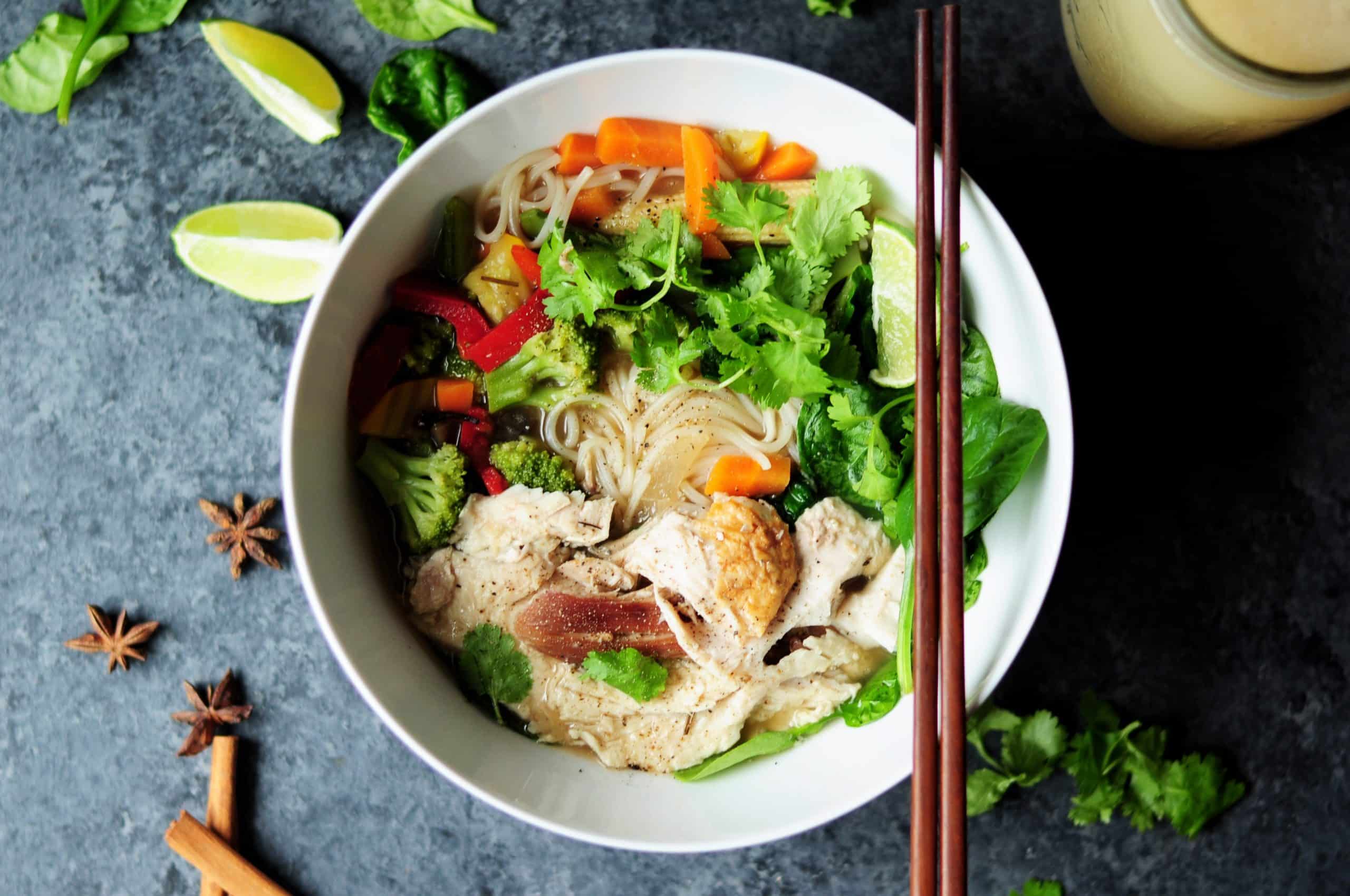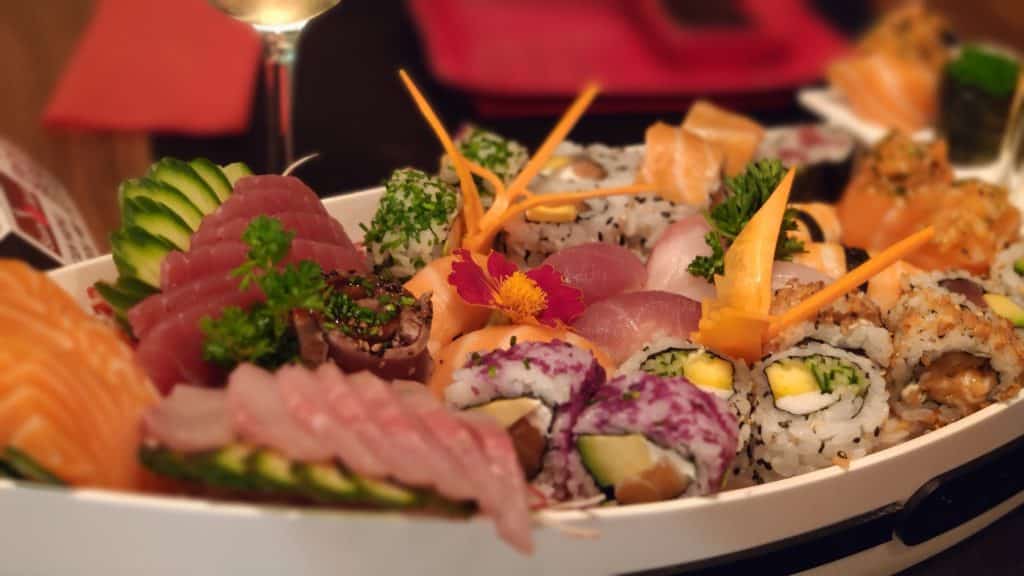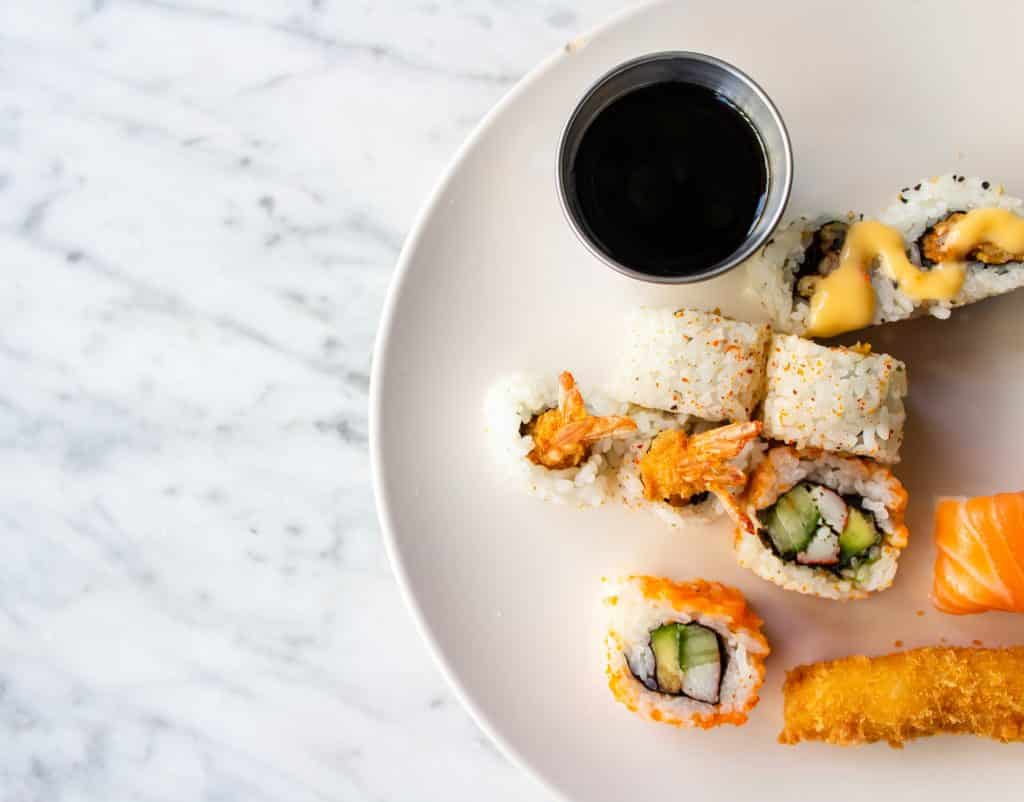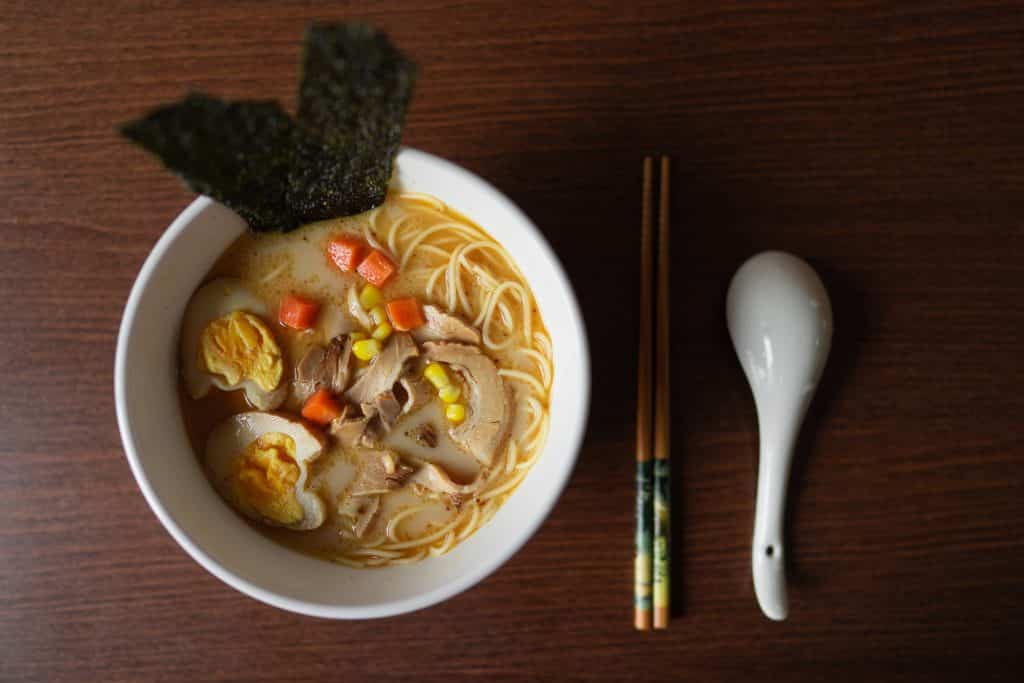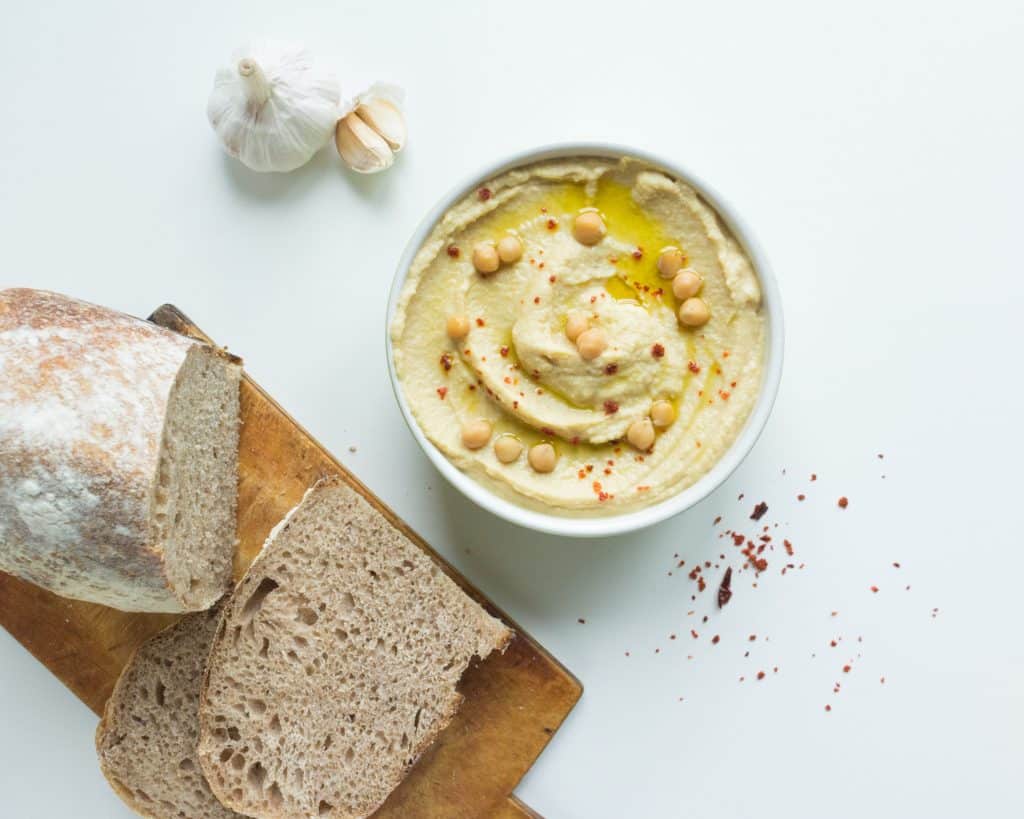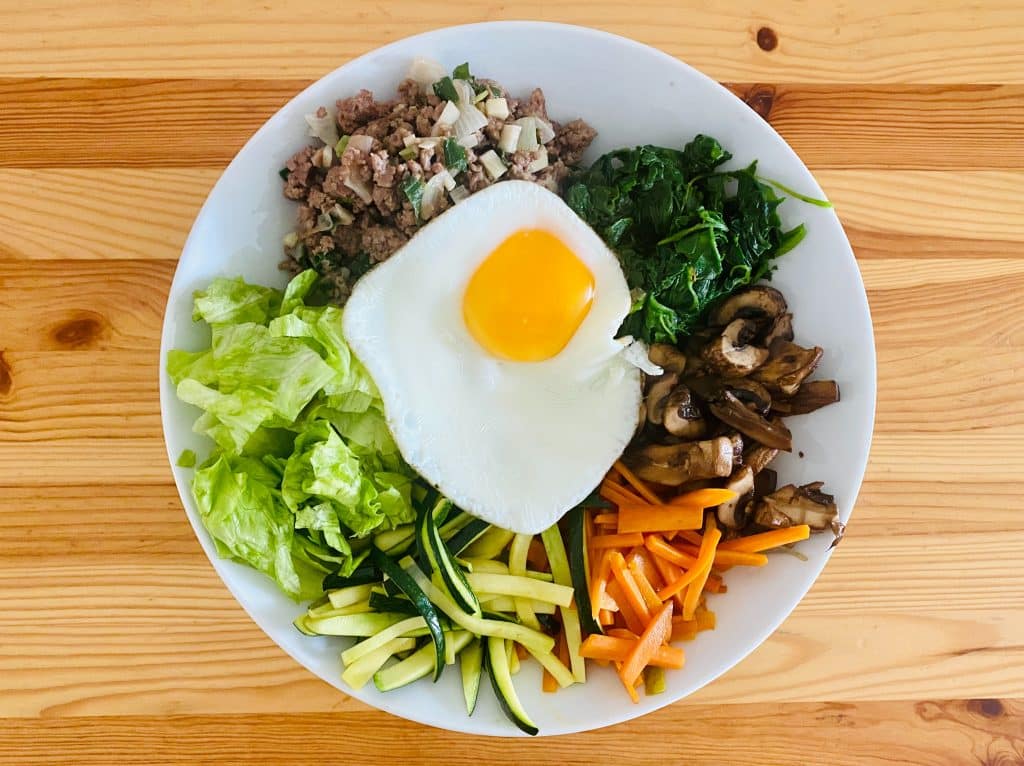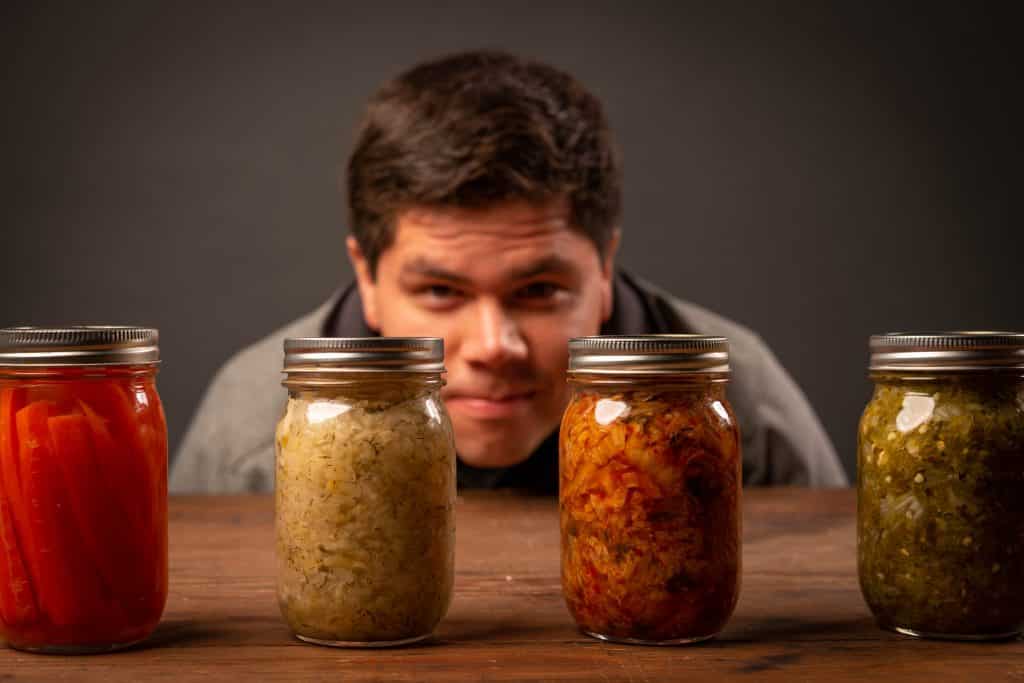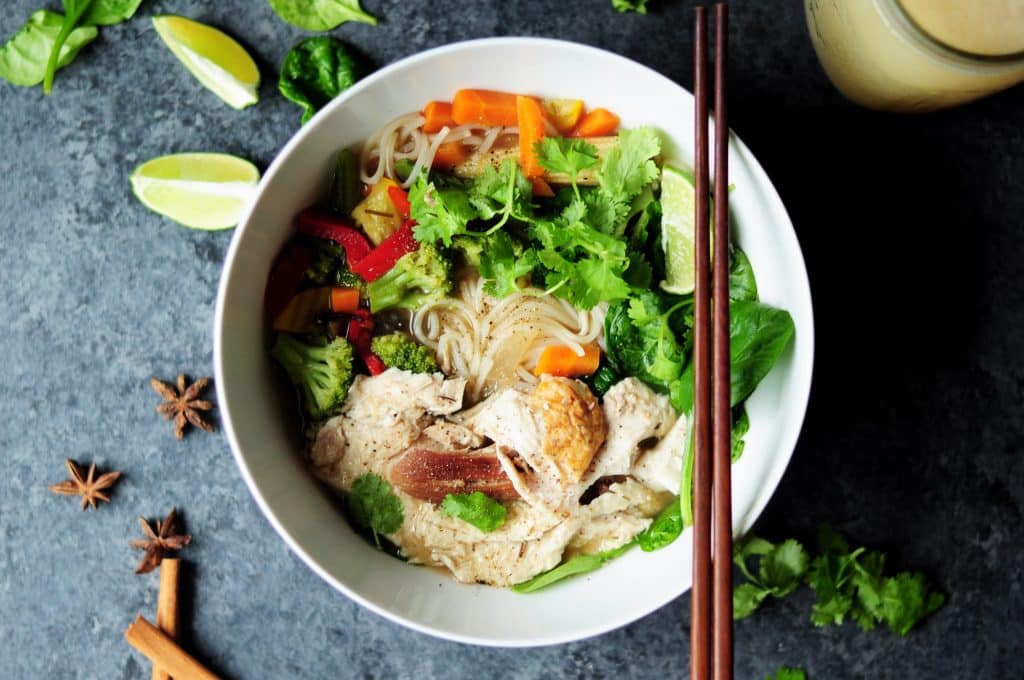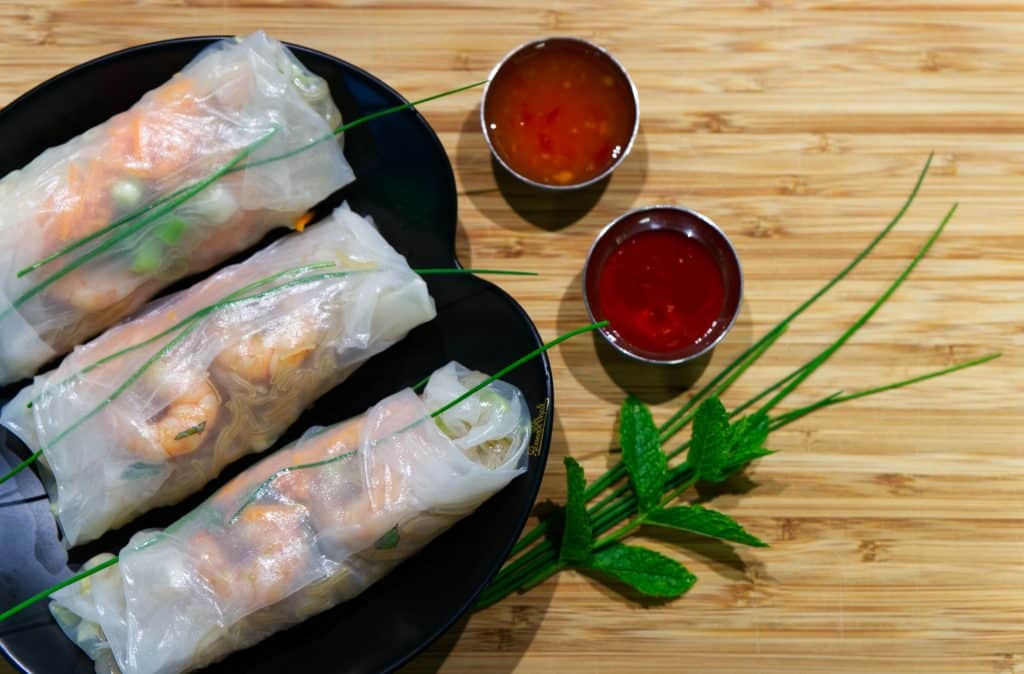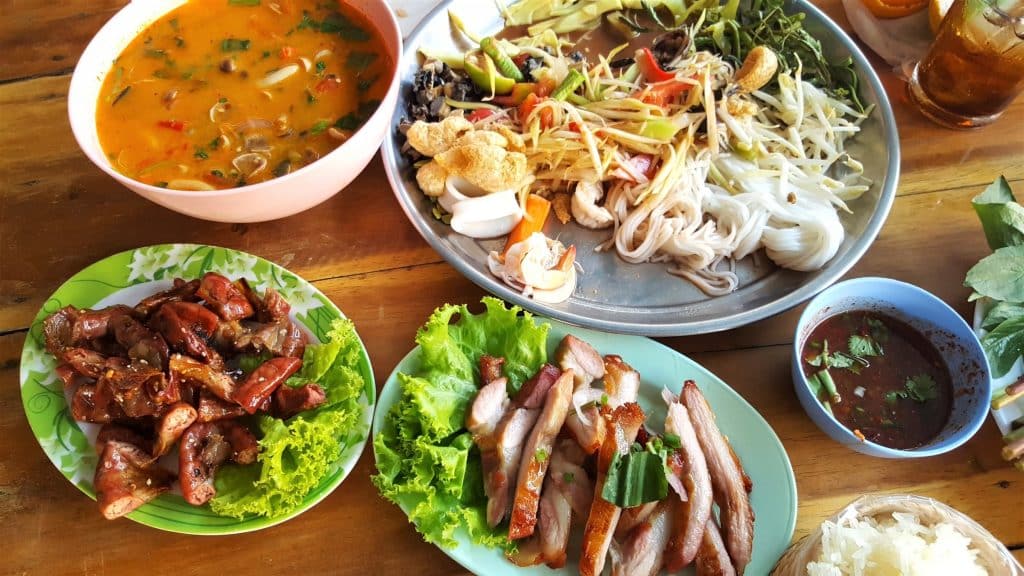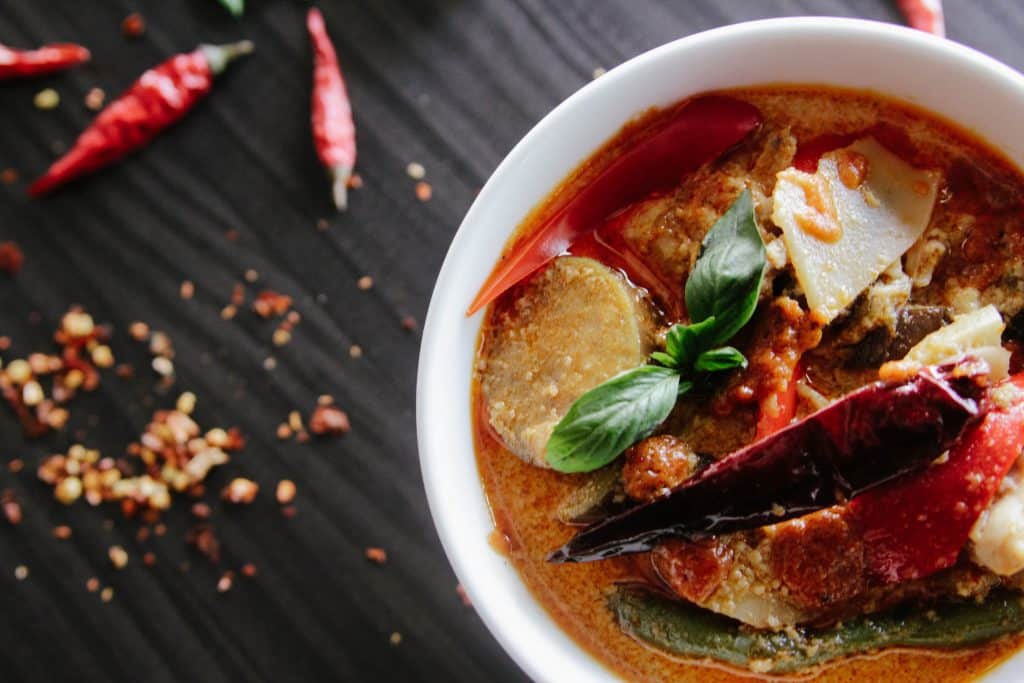Here are top 5 cuisines which are handpicked for their health benefits and punch of flavor. Not only do these foods taste good, they are packed with a ton of nutrients and vitamins crucial for the well being of your body! From hidden gems in Asia to the far West, navigate through scrumptious meals from various cultures that boasts of health benefits and exotic flavors. Who knows, you might just accidentally find your next favorite dish!
Japanese
The Japanese are famous for their longevity, and they’re probably the closest to cracking the code of immortality. A study conducted by the Asia Pacific Journal of Clinical Nutrition showed that the long life spans of Okinawan residents and their low rates of chronic diseases are corelated to their consumption of seaweed.
Commercial sushi joints tend to stray from the authentic roots with an injection of Western fusion which make it less healthier than traditional dishes. A popular dish, karaage, or Japanese style fried chicken is given a Western twist. It is smeared with a dollop of mayonnaise, making it appealing to Western consumers.
However, authentic Japanese cooking tends to star raw ingredients such as seafood and sea vegetables to honor its natural flavors. Staples such as yams, green tea, seaweed and soy, are rich in antioxidants and pack a punch of nutrition. As long as you watch your intake of tempura and carbs, you’re good to go!
Greek
Greek cuisine originates from the mysterious Island of Crete. According to research conducted by the American Journal of Clinical Nutrition, there is substantial evidence linking the high life expectancy and trend of low heart disease among Cretans to their diet.
The Mediterranean diet consists of natural foods such as olive oil, yoghurt, fresh fruit, garlic, tomatoes, and nuts and stars unsaturated fats, legumes, vegetables and grains. Popular ingredients such as chickpeas, fish, and peppers contribute to high nutritional values and high levels of Omega 3. Surprisingly, the diet has little meat, hence reducing the amount of saturated fats.
Most Greek dishes try to preserve the natural flavor of its food, hence its simple methods of cooking such as grilling, and mixing natural foods into salads.
Korean
Known for cleverly incorporating a lot of vegetables and meats, the burst of flavors Korean food provides is packed with nutrients and antioxidants. Furthermore, their method of cooking is also healthier with plenty of soups, steamed dishes and grilled meats instead of fried foods.
When we think of Korean cuisine, the first item that comes to mind is kimchi. This fermented vegetable dish is said to have a myriad of health benefits including anti cancer properties and lower cholesterol. Key ingredients in Kimchi comprise of ginger, red peppers, and various vegetables. It is also considered a probiotic, which aids your digestive system.
Bimbimbap, “bimbim” meaning “mixed” and “bap” meaning rice, is a central dish in Korean cuisine which comprises of rice served with a mixture of vegetables with sliced beef and topped with gochujang (chilli pepper paste), soy sauce, or doenjang (fermented soybean paste). The mixture of protein, carbohydrates and vegetables make this a perfect balanced diet. Its noodles, soups and other versions of rice dishes are centered around this proportion of vegetables and meats.
Vietnamese
Vietnamese cuisine is low in fat, gluten free, and densely packed with nutrients, hence making it perfect for boosting the immune system, aid weight loss and provide a punch of energy. Dishes usually emphasizes fresh herbs, tons of leafy greens, seafood, lean meats and rice, packed with antioxidants and Vitamin A and E, which help fight against premature aging. Green papaya is utilized in a lot of Vietnamese dishes, and a study from British Journal of Nutrition found that green papaya contains healthier carotenoids than those in other vegetables.
Vietnamese dishes are mostly prepared by steaming and simmering, hence less fat is being consumed. Cooked foods are usually accompanied by a side of salads and herbs served as whole leaves, adding a flavorful crunch to the meal. Restorative herbs like coriander and mint that is popular for improving digestion and cures nausea. ( Perfect hangover comfort food!)
Vietnamese food is low on wheat, the key culprit to getting hungry faster as it is digested by the body quickly. Vietnamese food mainly comprises of rice noodles and rice papers instead of wheat, and helps regulate the blood sugar level.
Thai
Traditional Thai cuisine is healthy and is vegetable centric, low in calories, served with lean proteins and often infused with a mixture of spices, and herbs, creating its signature bold tastes. Thai food has a good balance of macronutrients, with even servings of non starchy vegetables, protein, fats and carbs. Furthermore, a study shows that the intake of vegetables may contribute to sustained energy throughout the day and aid weight loss.
Curries, and soups such as tom yum soup are laden with low starch vegetables such as mushrooms, tomatoes, cabbage and onions. The fiber, vitamins and minerals in the vegetables contribute to good digestion and overall health, according to Healthline. Healthy dishes include: Rice rolls, papaya salad, steamed fish, and red green curries.
To boost nutrition, opt for brown rice instead of white, which is packed with more fiber and nutrients. Also, eat high fat dishes like curries in moderation! Western influenced dressings for salads, deep fried foods and curries are prone to high calories and levels of sodium. As a rule of thumb, opt for a dish loaded with vegetables, with a protein source and infused with Thai herbs and spices. Cash in all that natural goodness!

